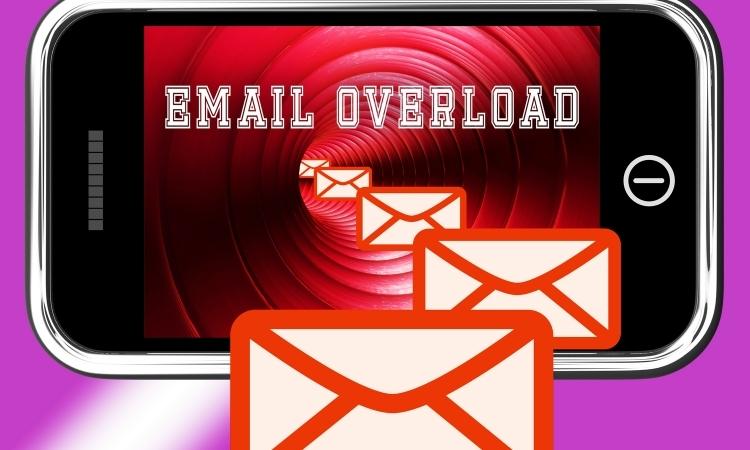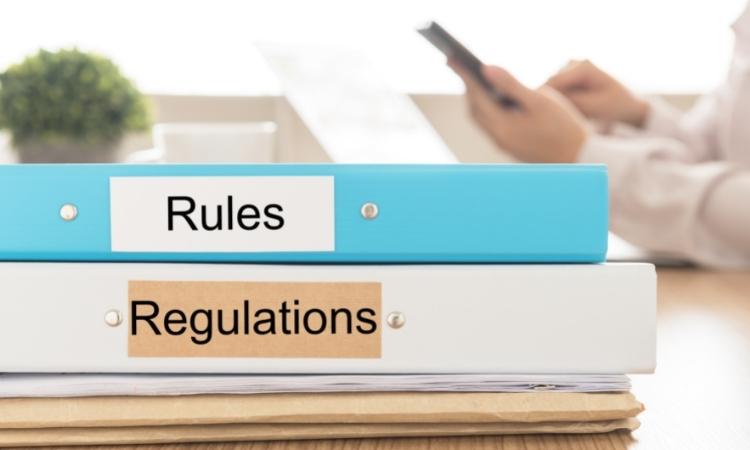One of the most crucial managerial functions is communication. It can either strengthen or weaken an organisation. It encourages human elements in an organisation to build a cooperative attitude and improves organisational efficiency.
Failure to work in the company will result from a lack of good communication. As a result, it is evident that communication is an essential part of any company, and every organisation's communication process is dynamic.
But I am sure you may not be aware of – What is business communication? Let me make it clear for you.
Organisations utilise business communication to communicate with clients, consumers, workers, board members, and others to convey information. Examples are sending out information, company news, concluding a contract, customer service, email blasting, or marketing.

A successful firm that communicates effectively with its clients can establish more vital trust and emotional relationships. As a result, its company was chosen over others. In the meantime, efficient corporate communication motivates employees or team members since they know that management communicates well and listens to them.
Business communication benefits and purposes include reading reports, giving orders, making comments, and conceptualising new ideas. Manager-employee interaction increases organisational performance and minimises or eliminates errors.
If you fail to communicate effectively with your employees, clients, investors, or business partners as a business owner, positive things will not happen in your company.
Also Read: 7C’s of Effective Communication and Their Importance
Top 10 Reasons – Importance of Business Communication
1. Customer Relationships: Establish, Nurture, and Maintain

Communication is employed in our business contacts and is a valuable tool. It must allow us to create and maintain relationships with our clients and consumers. By utilising good two-way communication, we can establish a rapport with them, which builds excellent customer relationships.
2. Developing Coordination Skills

The process of communication aids in the development of human coordination and cooperation. It facilitates sharing ideas and information, enhancing teamwork and boosting employee productivity.
Different departments exist in organisations, each of which performs its tasks. By issuing orders from a high level of management, better cooperation across departments can be achieved.
3. Takes Care of Email Overload

Information requests, employee interactions and feedback, progress updates, task assignments, communications with clients and suppliers, meeting invites, document delivery, HR notices on various team activities, benefits, and birthday greetings are handled via email.
According to the report, the average business worker spends a significant portion of their workday on email-related chores.
However, only a tiny percentage of our emails are worthy of our immediate attention. By sender or subject, we filter out the important emails. Furthermore, many of the emails we receive are entirely irrelevant to us.
Email overload has been reduced in internal business communications that use new employee engagement and collaboration solutions.
4. Essential For Building a Team

Effective workplace communication requires the creation of an environment in which employees feel free to communicate their thoughts and opinions. People are more likely to express themselves freely without fear of being mocked or embarrassed by their peers when they trust one another.
If they are convinced that what they say will not be taken personally or used against them in the future, they are more willing to express themselves.
People that work effectively together become more productive and build positive working relationships. Good workplace communication fosters employee trust, which is critical for promoting a healthy work environment.
5. Establish Clear Objectives and Expectations

If you have a clear vision of your company's goals, you're off to a great start. However, putting that vision into reality necessitates communicating those objectives so that everyone involved is on the same page about how to proceed.
You want your personnel to understand what you expect and what obstacles they might face. Everyone will know what they are working for and will be able to do so more efficiently, which will increase your company's overall performance.
6. Rules and Regulations Must Be Enforced

Transparency in company communication is critical for policy compliance.
You must first express the objective of the policies you wish to enforce, whether to an employee who must follow a precise process to perform a task or a client who signed an NDA for a commercial contract.
Written communication in some form that defines your company's policies and employee and customer expectations helps to ensure consistency across the board. It serves as a reliable reference point if you need to go over a procedure, regulation, or guideline again.
7. Gain Your Customer's Trust

Want you attract new customers, retain current ones, and earn their trust and loyalty? You guessed it: excellent communication methods will be required.
This entails reaching out to them after the first handshake or sale. Keep lines of communication open and be willing to listen. You'll be able to handle issues that arise after an initial commercial transaction or decision and assist them in finding answers.
Companies that show their clientele that they understand their needs and want to help them are always more successful.
8. Ensure That Everything is in Order

Not every dissatisfied customer will call to tell you about it (although we all know that many will!).
Transparency is being upfront about any limitations and potential concerns. It will assist you in managing client expectations and minimising negative feedback. It also makes dealing with angry customers and resolving issues easier.
The same can be said for your employees. If you're honest and open with your employees, they'll be more inclined to express dissatisfaction or issues that, if ignored, might drag the entire team down. As a result, they'll have more faith in your future decisions.
9. Healthy Workplace Culture

Maintaining an excellent corporate culture relies heavily on effective communication. Many workplaces employ people of many nationalities, races, and faiths, and conflict is bound to develop when there are so many disparities. An open communication culture produces a healthy and tolerant workplace where all employees feel equal and understood.
10. Come Up With New Concepts

What better method to expand a company than organically and internally?
Inquire about the opinions of employees. People will feel more comfortable discussing ideas if they have the opportunity to speak their perspectives and feel heard. This knowledge and inspiration can benefit the team, clients, and the firm.
Methods for enhancing business communication
- Establish clear objectives and expectations.
- Make listening to a habit.
- Collaborate rather than dictate.
- Resolve any concerns right away.
- Use technology to your advantage.
What are the Various Modes of Communication?
A business of any size can employ one of five communication techniques.
1. Verbal Communication

The communication of information to another person through words falls within this category. Video conferencing, online interviews, phone calls, virtual meetings, in-person interactions, and other methods may accomplish this.
2. Written Communication

Written communications are sent in writing, whether in a classic paper letter or a digital version like email, letters, memos, reports, messaging applications, etc.
3. Visual Communication

Images or graphics are used in another type of communication to convey information. Charts, maps, infographics, and movies are all examples of this.
4. Personal Communication

While spoken communication is the most efficient means to convey information in current times, face-to-face contact is still the most efficient way to express ideas and send crucial data to the recipient.
5. Non-Verbal Communication

Personal communication is accompanied by nonverbal communication. Individual conduct is used to show good nonverbal communication. Body language, gestures, and facial expressions are examples of nonverbal communication.
In Conclusion
After going over all of the reasons we've addressed thus far, you probably see how crucial internal communication is for every company. Employees and teams can collaborate more effectively with a robust internal communication plan.
So, whether you're a business owner or a team member, you must put out the effort to ensure that your organisation's internal communication is successful.









